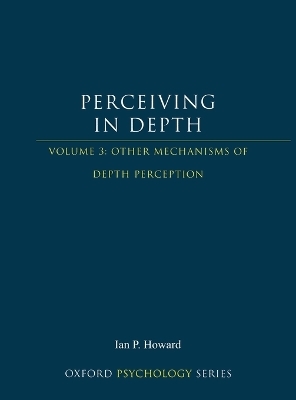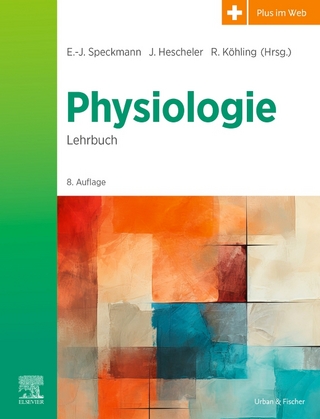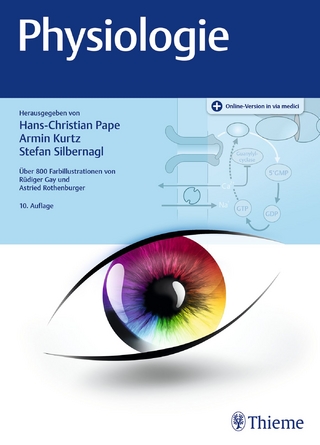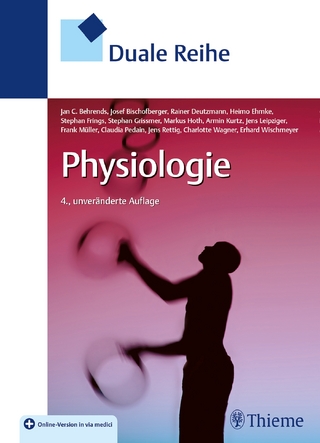
Perceiving in Depth, Volume 3
Oxford University Press Inc (Verlag)
978-0-19-976416-7 (ISBN)
Volume 3 addresses all depth-perception mechanisms other than stereopsis. The chapter starts with reviews of monocular cues to depth. These cues include accommodation, vergence eye movements, perspective, interposition, shading, and motion parallax. A perceptual constancy is the ability to judge a feature of a stimulus as constant in spite of variations in the retinal image. Constancies in depth perception, such as the ability to perceive the sizes, and 3-D shapes of objects as they move or rotate are reviewed. The ways in which different depth cues interact are discussed. They can complement each other, compete, or interact so as to increase the range of depth perception. The next chapter reviews sources of information, such as changing disparity, image looming, and vergence eye movements, used in the perception of objects moving in depth. Various pathologies of depth perception, including visual neglect, stereoanomalies, and albanism are reviewed. Visual depth-perception mechanisms through the animal kingdom are reviewed, starting with insects and progressing though crustaceans, fish, amphibians, retiles, birds, and mammals. Most animals respond to image looming, and many use perspective and motion parallax to detect depth. Stereoscopic vision based on binocular disparity has evolved in some insects, frogs, and mammals. The chapter includes a discussion of the way in which stereoscopic vision may have evolved. The next chapter describes how visual depth perception is used to guide reaching movements of the hand, avoiding obstacles, and walking to a distant object. The next three chapters review non-visual mechanisms of depth perception. Auditory mechanisms include auditory localization, echolocation in bats and marine mammals, and the lateral-line system of fish. Some fish emit electric discharges and then use electric sense organs to detect distortions of the electric field produced by nearby objects. Some beetles and snakes use heat-sensitive sense organs to detect sources of heat. The volume ends with a discussion of mechanisms used by animals to navigate to a distant site. Ants find their way back to the nest by using landmarks and by integrating their walking movements. Several animals navigate by the stars or by polarized sunlight. It seems to be established that animals in several phyla navigate by detecting the Earth's magnetic field.
Ian P. Howard graduated from Manchester University in 1952. He was a Lecturer in Psychology in Durham University from 1952 to 1965 and Associate Professor in Psychology in New York University from 1965 to 1966. In 1966 he was appointed Professor of Psychology at York University, Toronto, where is now Distinguished Research Professor of Psychology and Biology.
Contents of Volume 3 ; 25. Depth from accommodation and vergence ; 26. Depth from perspective ; 27. Depth from interposition and shading ; 28. Depth from motion parallax ; 29. Constancies in visual depth perception ; 30. Interactions between visual depth cues ; 31. Seeing motion-in-depth ; 32. Pathology of visual depth perception ; 33. Visual depth perception in the animal kingdom ; 34. Reaching and moving in 3-D space ; 35. Auditory distance perception ; 36. Electrolocation and thermal senses ; 37. Animal navigation ; 38. Final word ; References ; Subject index ; Portrait index ; Index of cited journals
| Erscheint lt. Verlag | 26.4.2012 |
|---|---|
| Reihe/Serie | Oxford Psychology Series |
| Verlagsort | New York |
| Sprache | englisch |
| Maße | 213 x 284 mm |
| Gewicht | 1497 g |
| Themenwelt | Geisteswissenschaften ► Psychologie ► Allgemeine Psychologie |
| Geisteswissenschaften ► Psychologie ► Biopsychologie / Neurowissenschaften | |
| Geisteswissenschaften ► Psychologie ► Verhaltenstherapie | |
| Studium ► 1. Studienabschnitt (Vorklinik) ► Physiologie | |
| Naturwissenschaften ► Biologie ► Zoologie | |
| ISBN-10 | 0-19-976416-6 / 0199764166 |
| ISBN-13 | 978-0-19-976416-7 / 9780199764167 |
| Zustand | Neuware |
| Informationen gemäß Produktsicherheitsverordnung (GPSR) | |
| Haben Sie eine Frage zum Produkt? |
aus dem Bereich


